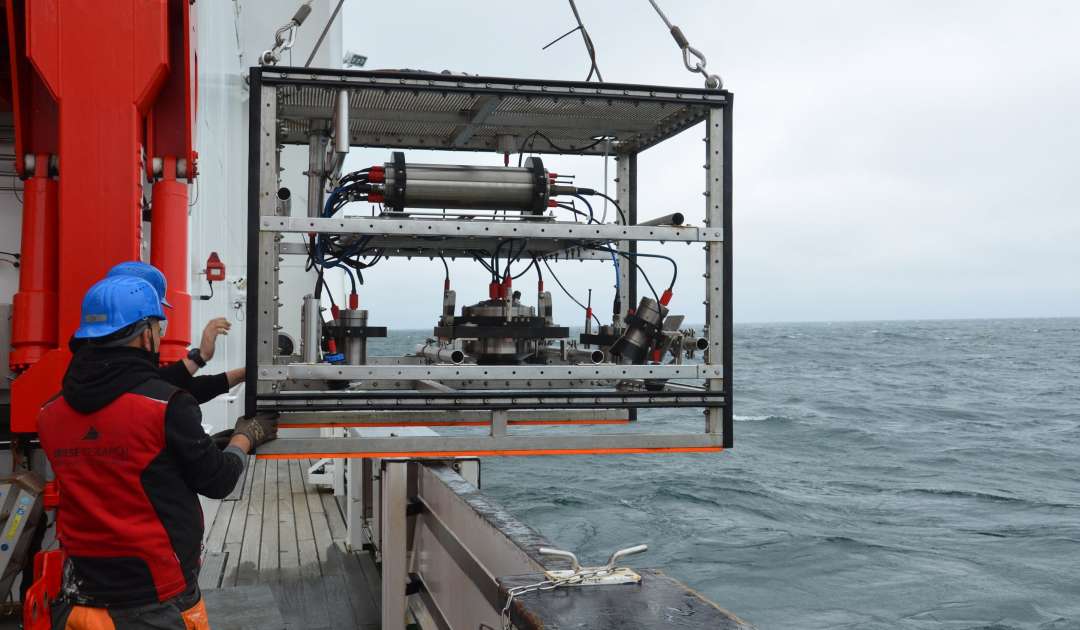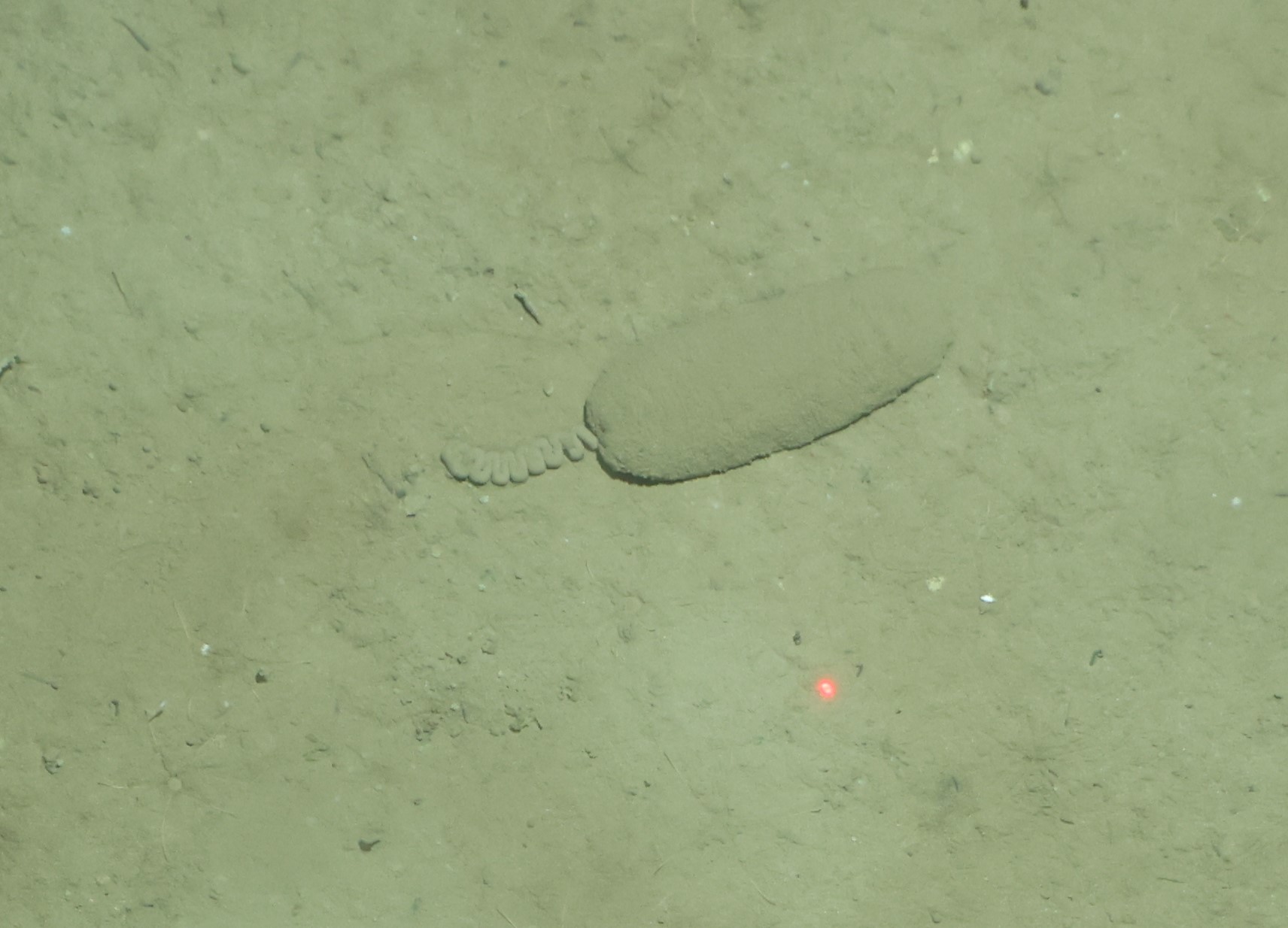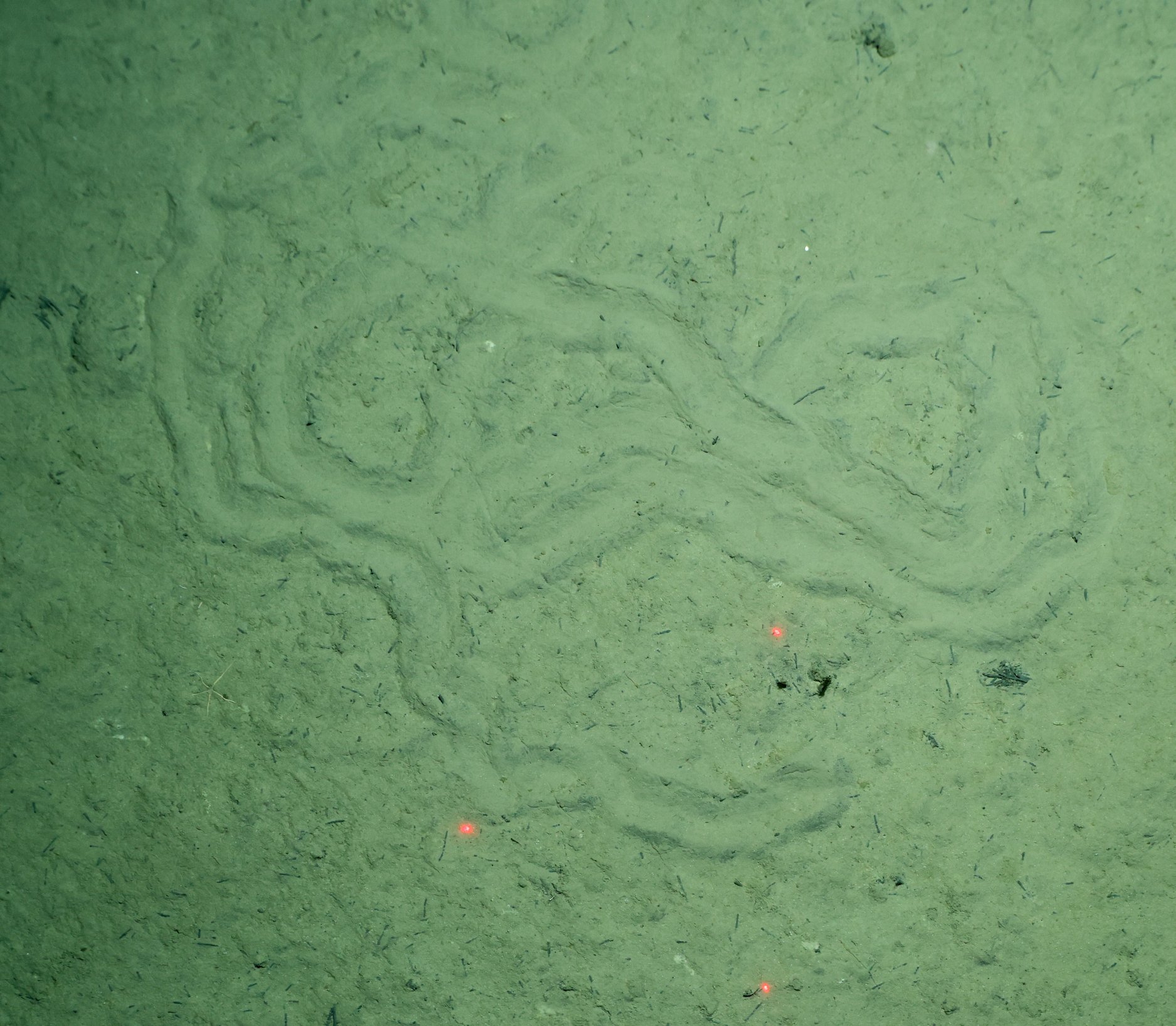Ichnology and deep-sea survey through high-resolution image
Ichnology is the science that studies structures produced by organisms on or within the substrate, including all issues related to bioturbation, bioerosion and biodeposition. Ichnology considers both processes (interaction between trace-makers and substrate) and their final products (resulting traces). This science can be divided in two main fields: neo-ichnology (study of modern traces / lebensspuren) and palaeo-ichnology (study of trace fossils).
The biosphere is one of the main components of the Earth system, interacting with and affecting the lithosphere. In soft substrates, such as deep-sea sediments, this interaction is mainly accomplished through bioturbation and activity of benthic organisms, which leave traces behind (i.e., lebensspuren). The deep sea is well known as the largest environment on Earth and it is almost entirely covered by soft sediments. Accordingly, these sediments may well form the dominant landscape on Earth. Thus, the study of animal-sediment relationships in the abyss emerges as a key tool to understand the Earth’s history……………
………….. and this is my purpose aboard the AleutBio expedition. I am Olmo Miguez-Salas, a Humboldt postdoctoral fellow working in the Senckenberg Institute in Frankfurt (Germany). My research involves ichnological analysis of marine sediments; in other words, I study bioturbational processes. In the deep-sea, bioturbating activities are mainly conducted by benthic fauna and include burrowing, ingestion, and defecation among others. During AleutBio expedition, I will analyse these bioturbational processes through the Ocean Floor Observation System (OFOS). The OFOS that we are using has high-definition video survey and a high-resolution camera to obtain still images. To determine the observation scale, three laser pointers (red dots) are used, which are separated by 40cm. Even though a lot of observed animals leave traces, so far, clear variations have been observed in the bioturbational structures between the Bering Sea and the surroundings of the Aleutian trench. On one hand, the Bering Sea is dominated by burrows and faecal cast related to small sea pigs (holothurians). One of the burrows that stands out is the sublinear burrows that remind us of the mysterious holes that have been recently identified in the Atlantic. On the other hand, the Aleutian trench environment is dominated by trails (sea urchins, worms and holothurians) and wasting casts from holothurian. Some of these trails, especially the ones left by sea urchins, can reach metrical lengths and resemble German “autobahns”.
Olmo Miguez Salas




